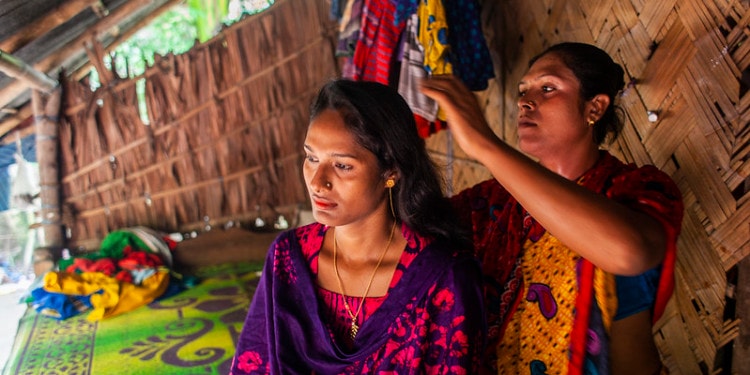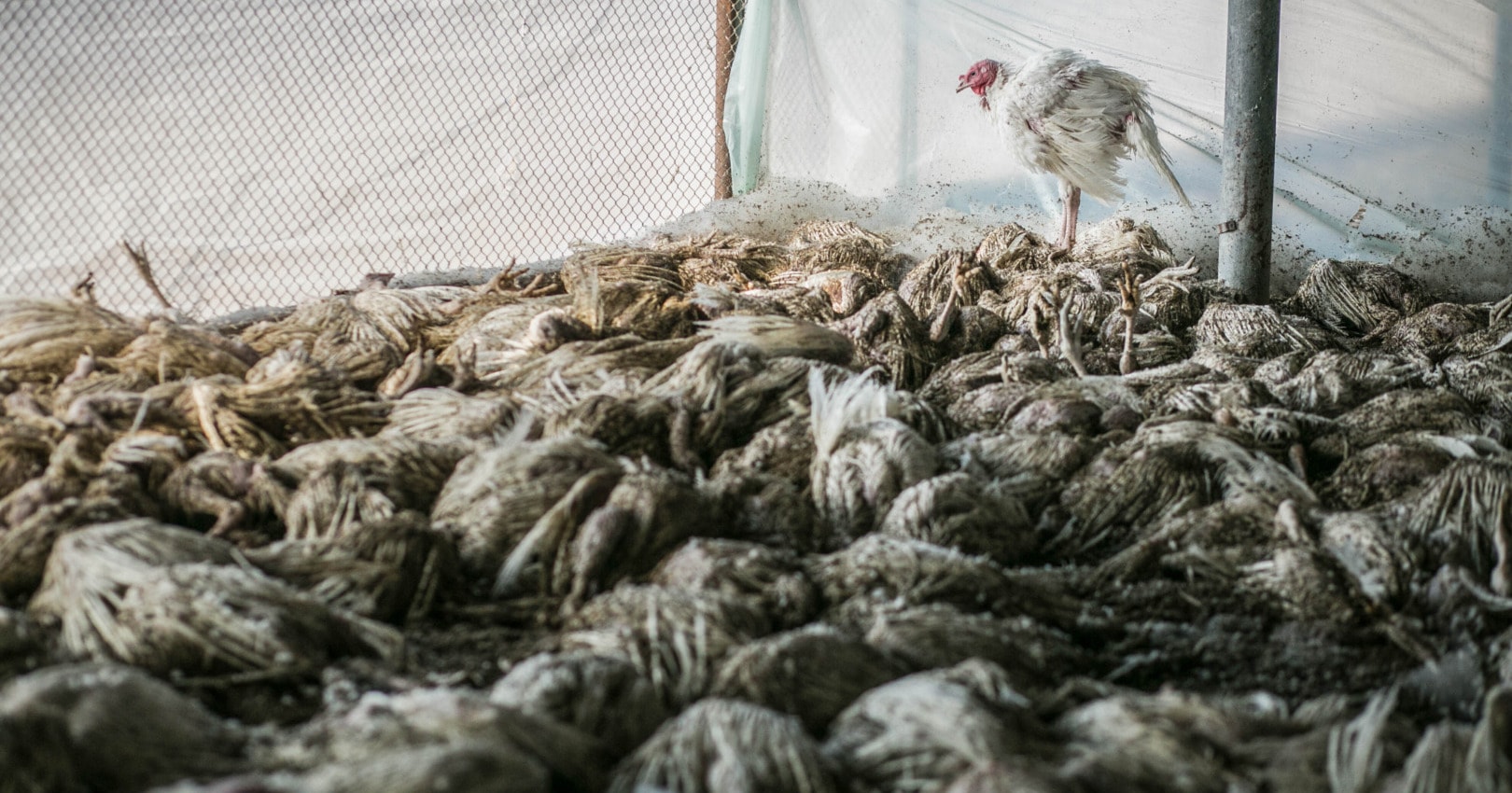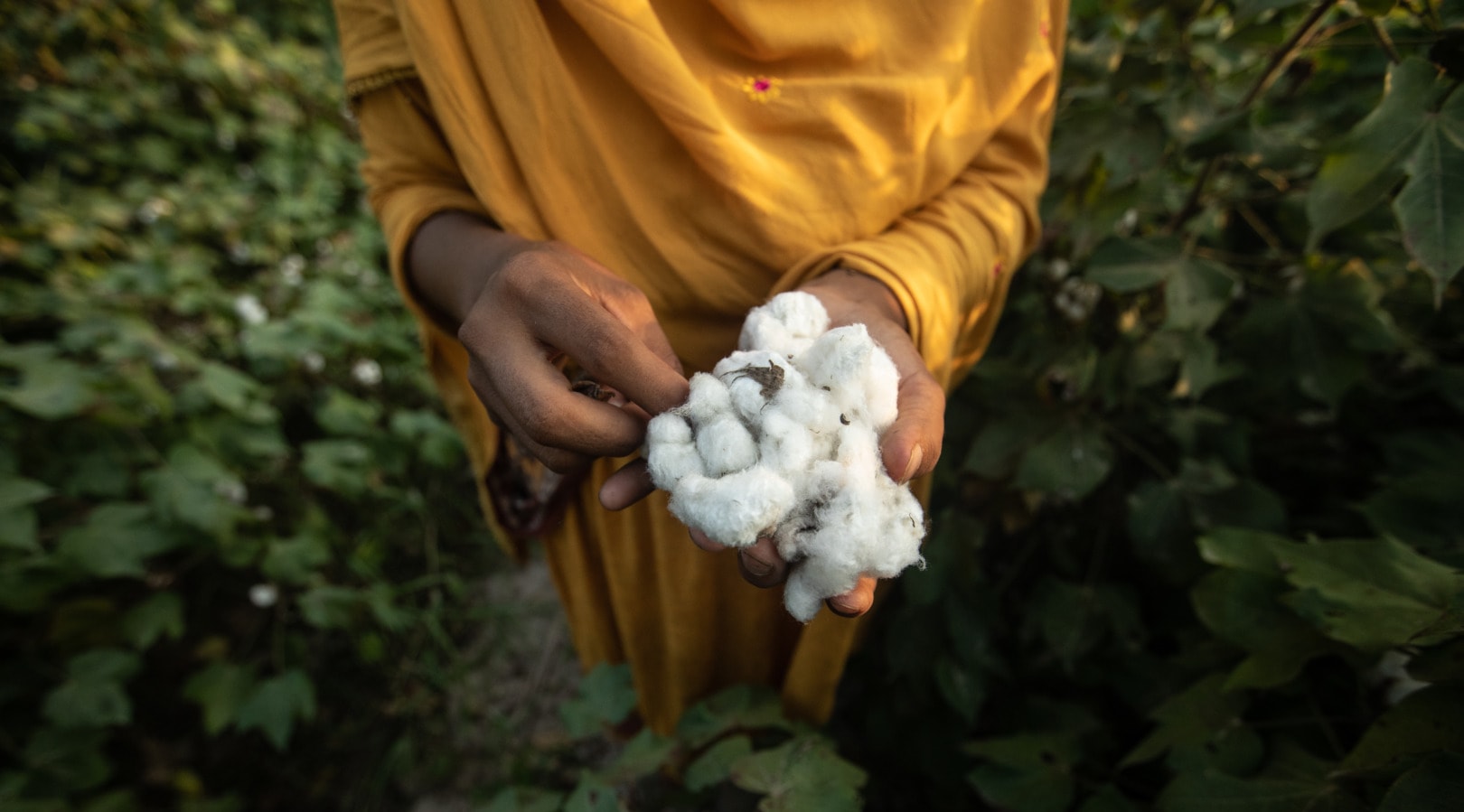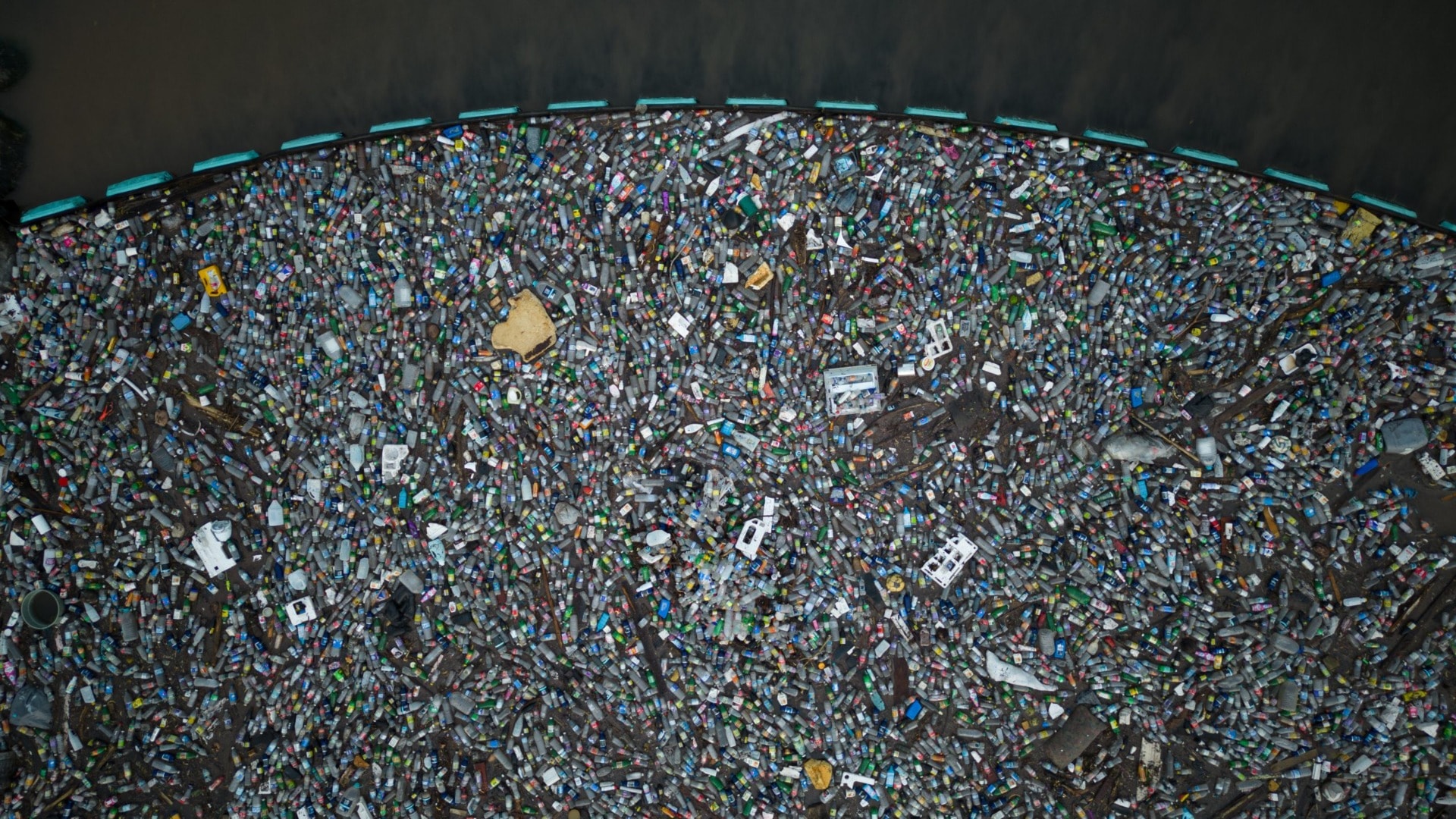The COVID-19 pandemic has shone a light on the ways in which gender inequality interacts with shocks and stresses to exacerbate the impacts on women and girls. As this global crisis unfolds, we are seeing gender-specific risks, including an increase in domestic violence, as well as reduced incomes and a greater care burden for women. These impacts are even more pronounced for those who have precarious livelihoods, are socially marginalized, or have a physical disability.
For those of us concerned with the gender dimensions of climate change, these issues are familiar. When extreme events such as droughts and floods occur, women are often on the front lines, keeping everyone fed and caring for children and sick or elderly family members.
Gender differences in access to information, services, and resources have a strong influence over people’s adaptive capacity, with women most often at a disadvantage. Social norms that shape gender roles and relationships determine both the opportunities available to people and the constraints to their resilience. Again, those who are the poorest and/or socially excluded are most affected.
Though we have yet to understand the full impact of this crisis, attention is now turning to what comes after, with many activists and leaders calling for a resilient recovery that addresses the immediate impact of the pandemic while still advancing sustainable development. A resilient recovery will enable countries to prepare for future shocks while also advancing the clean energy transition.
The challenge for decision-makers is to do this in a manner that also addresses the gender and social inequalities likely to be exacerbated as the fallout from COVID-19 continues—the same inequalities that make some people and communities particularly vulnerable to climate change. If this recovery is done right, we can address multiple goals by building systems that are both resilient and equitable.

So what does this look like? For answers, we can look to some of the learning from efforts to address gender and social dimensions in climate change adaptation. When it comes to building climate resilience, we focus on assessing who is most exposed to climate risks, how different people are affected, and what the barriers to adaptation are for different groups.
This requires consideration of people’s location and living conditions, how they sustain their livelihoods, and their social position, all of which play a role in determining vulnerability to climate change. Only with an understanding of who is most vulnerable—and why—can we identify adaptation strategies that address real needs and ensure no one is left behind.
Related Articles: Types of Violence Against Women and Girls | Women on the Front Lines of Violence Against Women During COVID-19
For COVID-19, we also need to recognize the differential impacts of the pandemic—and our responses to it—on people of different genders and social groups. The collection of data disaggregated by gender, age, ethnicity, etc. is essential to inform decision making about next steps. This includes data on who is contracting and dying from the virus but also how its consequences affect different people and who is benefitting from the relief programs put in place to ease economic and social burdens.
How are people of different backgrounds differently affected by the virus and by the lockdowns? Which programs are working best to minimize the long-term economic impact on the most vulnerable households? Who is not benefitting from recovery programs, and why not?
Next, we have learned that we need targeted adaptation funding and strategies that address the underlying factors, making some groups more vulnerable than others to the same climate risks, taking into account gender, wealth, and social status, among other factors. For adaptation to be effective, resources must be channelled to those that need them most, with the flexibility to adjust as needed to uncertainty and changing risks.
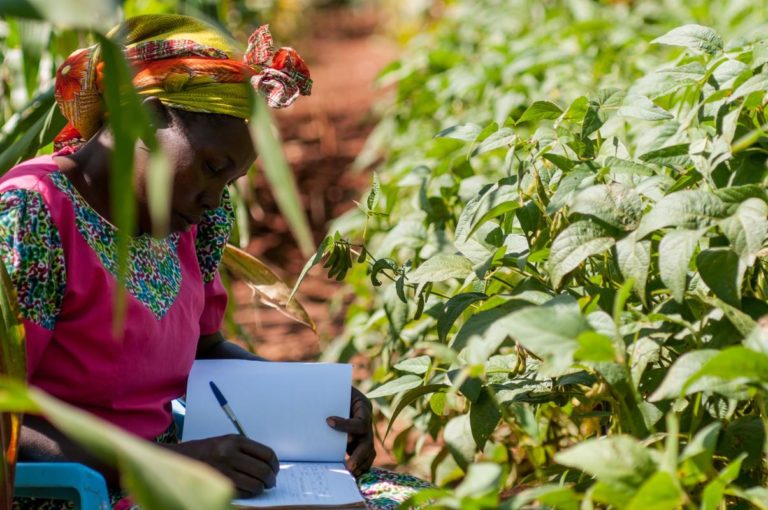
This report from the Insuresilience Global Partnership, for example, describes how micro-level climate risk insurance can be designed for women’s needs by allowing for collateral other than property and/or by bundling it with savings or health-focused products to make it more affordable. Targeted measures like this help to ensure equitable access for women and provide some protection for those employed in informal roles, such as in the agricultural sector.
It would be a missed opportunity if the recovery from this pandemic does not draw on almost two decades of important learning.
The analysis also highlights the need for the staff and communication materials to be representative of the diversity of intended clients. These types of insights can inform the pandemic recovery, where emergency relief measures must evolve into robust social protection schemes that enable people to build individual and community resilience to future shocks and stresses, including those caused by climate change. Local actors must be empowered to provide tailored support.
Finally, we have found that effective adaptation requires community-led approaches that give the most vulnerable people a voice. People have a right to participate in the decisions that affect their lives, and the nature of climate change adaptation—as an ongoing process of learning and adjustment to manage risks—requires approaches that foster people’s agency and enhance planning capacities.
A learning and reflection process by CARE Ethiopia, for instance, found that participatory analysis of climate-related vulnerabilities and capacities where women and men discussed the issues separately led to a better understanding of specific needs and better-targeted actions.
For these efforts to be effective, participatory processes must address power dynamics within communities and tackle unhelpful social norms that lead to inequality and marginalization. We know that women and marginalized people bring essential knowledge to the challenge of building climate resilience, and we need to ensure that they have a seat at the table and that their voices are heard.
In building back better from COVID-19, we must ensure that those most affected by the crisis have a say in how the recovery happens. Programs run by the government should be designed in consultation with the people they aim to benefit, ensuring meaningful participation of all genders and social groups.
Better yet, funds can be channelled to organizations that are already working with the most vulnerable members of society, who can work with their clients to identify the best path forward. Support is needed for communities and institutions to engage in forward-looking planning toward better management of all types of risks in the future.
There are many parallels to draw between this pandemic and the climate crisis. We can either continue reinforcing existing gender and social inequalities or we can transition to economies and societies that are both more resilient and more equitable. It would be a missed opportunity if the recovery from this pandemic does not draw on almost two decades of important learning.
About the author: Angie Dazé is Senior Policy Advisor and Lead, Gender Equality and has been working with IISD’s Resilience team since 2014.
EDITOR’S NOTE: The opinions expressed here by Impakter.com columnists are their own, not those of Impakter.com. — In the Featured Photo: Afsana Islam Jonaki, 22, is transgender and from Parchalna of Dacope upazila in Khulna. She lost her income during the pandemic and floods and still has no income. Featured Photo Credit: UN Women Asia and the Pacific


